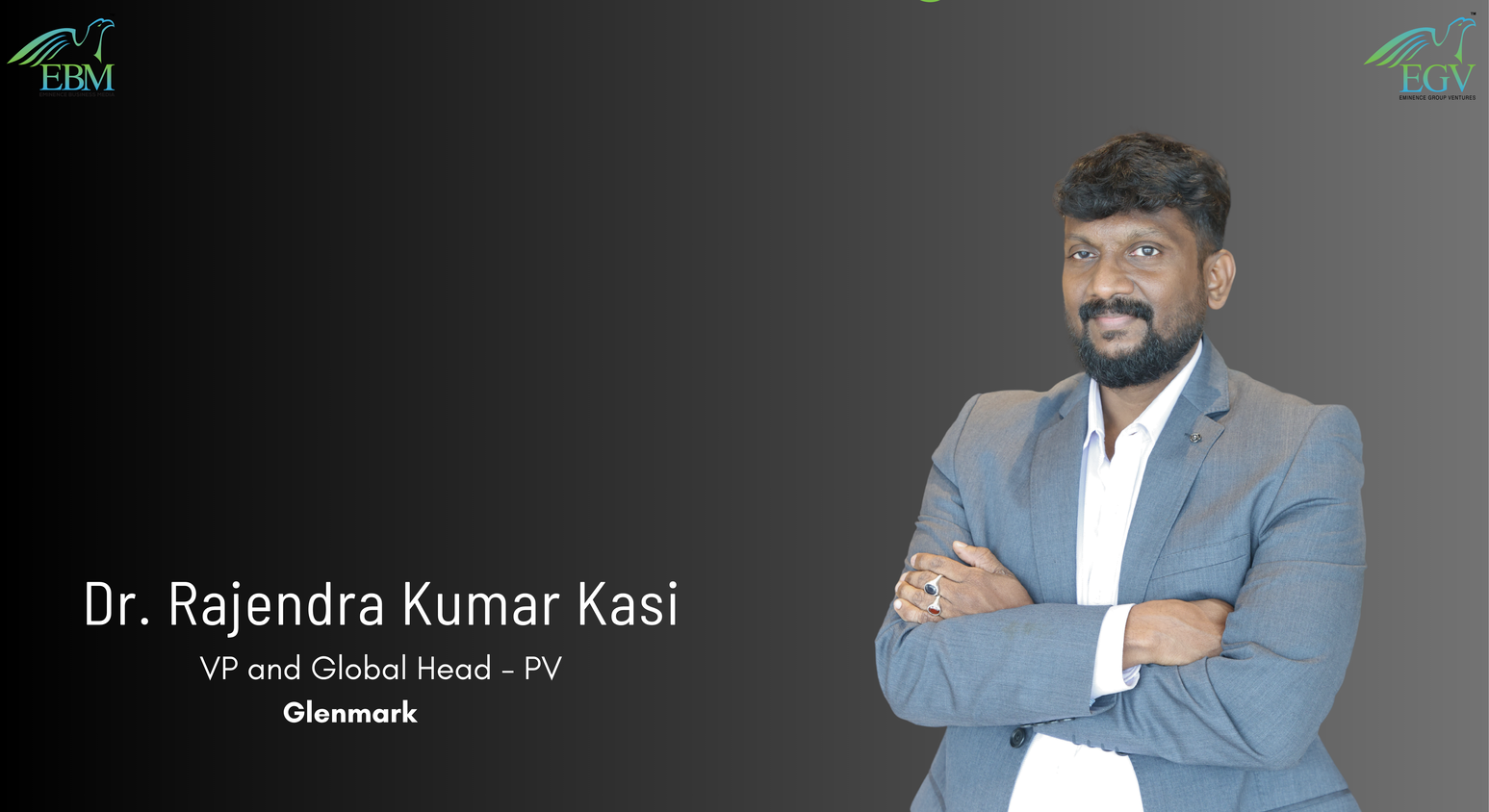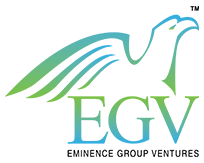
In the rapidly evolving field of pharmacovigilance, maintaining a robust Quality Management System (QMS) is critical, not only for ensuring regulatory compliance and safeguarding patient safety, but also for driving continuous improvement. With over two decades of experience in drug safety and clinical research, I’ve learned that the success of a QMS is not solely determined by its formal procedures. Rather, it hinges on how deeply it is embedded in the organizational culture and daily operations.
This article offers practical insights and real-world reflections on the challenges and opportunities involved in implementing and strengthening QMS in pharmacovigilance. By addressing key areas such as discrepancies, audit pitfalls, human factors, technological advancements, and cultural ownership, I aim to provide a holistic guide for professionals striving to build resilient, agile, and compliant PV systems.
1. Building a Culture of Vigilance and Continuous Improvement
“An effective QMS starts with a culture that prioritizes vigilance, proactive learning, and ongoing process enhancement.”
A successful QMS extends beyond SOP compliance, it requires a culture where critical thinking, accountability, and engagement are consistently fostered. One technique I advocate involves randomized assessments using a dynamic question bank. This reduces rote memorization and encourages genuine comprehension of procedures and responsibilities.
Practical evaluation methods, such as mock scenarios and case studies, are especially useful for high-impact activities like signal detection, Health Hazard Assessments, and aggregate report writing. Hands-on application is essential to verify real-world readiness and identify knowledge gaps.
2. Handling Discrepancies and Deviations: Reading Between the Lines
“Understanding the ‘why’ behind guidelines enables us to navigate deviations with clarity and purpose.”
Discrepancies and deviations require more than procedural responses, they demand interpretation. While SOPs and regulatory expectations are often consistent, the way organizations interpret and apply them can vary significantly.
It’s essential to understand the original intent behind a process or guideline. When we consider why a certain instruction exists, we’re better positioned to address deviations thoughtfully, rather than reacting rigidly. This approach not only improves compliance but also strengthens decision-making.
3. Overcoming Audit Pitfalls and Ensuring Quality
“Proactive management of deviations leads to greater audit preparedness and sustainable quality.” In my experience, many audit findings arise from human oversight rather than systemic issues. When multiple reviewers are involved, accountability can become diffused, each assumes someone else will catch errors, and mistakes slip through.
In my experience, many audit findings arise from human oversight rather than systemic issues. When multiple reviewers are involved, accountability can become diffused, each assumes someone else will catch errors, and mistakes slip through.
Additionally, relying solely on inspections to assess QMS maturity is insufficient. While inspection feedback is important, internal audits, especially unannounced or spot checks, are essential to identify and close gaps early, maintaining continuous compliance and readiness.
4. The Double-Edged Sword of QMS
“A well-structured QMS supports compliance, but without flexibility, it risks becoming a barrier.” QMS can be a double-edged sword. While its structure ensures consistency and oversight, overly rigid SOPs, often created in response to past audits, can become outdated or impractical over time. What was once necessary may no longer serve the current reality.
QMS can be a double-edged sword. While its structure ensures consistency and oversight, overly rigid SOPs, often created in response to past audits, can become outdated or impractical over time. What was once necessary may no longer serve the current reality.
Flexibility is key. Procedures should be revisited regularly to ensure they remain relevant, practical, and aligned with today’s operational landscape, balancing compliance with efficiency.
5. The Human Element: Ownership, Critical Thinking, and Knowledge Retention
“Ownership and critical thinking are essential to ensure the system performs beyond paper compliance.” A common challenge in PV operations is instilling a genuine sense of ownership. Employees may follow procedures but fail to question their purpose or think critically. This can result in errors or missed opportunities for improvement.
A common challenge in PV operations is instilling a genuine sense of ownership. Employees may follow procedures but fail to question their purpose or think critically. This can result in errors or missed opportunities for improvement.
Encouraging initiative, such as a packaging operator reporting anomalies beyond their immediate task is vital. Likewise, to combat the impact of staff turnover, maintaining a centralized ‘learning log’ or knowledge repository ensures institutional memory is preserved and accessible.
6. Interdepartmental Relationships and Cultural Alignment
“Effective QMS relies on strong cross-functional relationships and cultural alignment across global teams.” PV success often hinges on collaboration, especially between PV and QA. Quality teams may adhere strictly to SOPs, sometimes overlooking practical constraints. Bridging this gap requires empathy, open dialogue, and mutual understanding.
PV success often hinges on collaboration, especially between PV and QA. Quality teams may adhere strictly to SOPs, sometimes overlooking practical constraints. Bridging this gap requires empathy, open dialogue, and mutual understanding.
Global-local coordination introduces added complexity. Language barriers, time zones, and differing SOPs can lead to misalignment. Dual-language SOPs and standardized communication can help streamline operations and reduce confusion.
7. The Role of Technology and Innovation
“Technology can significantly enhance QMS effectiveness, but only when integrated thoughtfully.” Digital tools offer enormous potential to elevate PV operations. Seamless integration between PV and QA platforms can enhance transparency and enable real-time insights. Yet, siloed systems remain a major limitation.
Digital tools offer enormous potential to elevate PV operations. Seamless integration between PV and QA platforms can enhance transparency and enable real-time insights. Yet, siloed systems remain a major limitation.
The use of AI and advanced analytics can reduce manual effort and support compliance. For instance, querying a system for submission timelines and receiving an instant response aligned with current SOPs is highly beneficial. However, over-reliance on automation without human oversight can be risky. AI-generated outputs must be critically evaluated, as they are not immune to error.
7. The Role of Technology and Innovation
“In a complex and fast-changing regulatory landscape, common sense, better known today as critical thinking, is the most valuable skill.” Looking ahead, adaptability, continuous improvement, and critical thinking will be pivotal. Asking questions like “Is there a better way?” or “Why are we doing this?” drives meaningful change.
Looking ahead, adaptability, continuous improvement, and critical thinking will be pivotal. Asking questions like “Is there a better way?” or “Why are we doing this?” drives meaningful change.
To me, ‘common sense’ remains the cornerstone of effective pharmacovigilance. It empowers professionals to interpret, adapt, and improve, not just follow.
Conclusion
An effective QMS is far more than a collection of documents, it is a living framework shaped by culture, ownership, and insight. In the high-stakes world of pharmacovigilance, building and evolving a resilient QMS is not merely a regulatory requirement, it is a strategic imperative.
From nurturing a culture of vigilance and critical thinking, to integrating smart technologies and preserving institutional knowledge, every element contributes to long-term success. While automation and innovation offer support, it is human judgment, and common sense, that will always remain at the heart of safe and effective drug safety practices.
By embracing these principles, we can develop PV systems that are not only compliant but forward-thinking, adaptable, and truly aligned with the needs of both regulators and patients.
Disclaimer: The views expressed by Dr. Kasi are his personal opinions and do not reflect the views or positions of his affiliated organizations or employers.



Insightful
Thank you Samir for the feedback. Glad to know that you found the article insightful.
Dr. Kasi very informative article and truly concluded about effective QMS.
Just to add IT perspective, QMS also provide you peace of mind particularly in post implementation of any software as because of QMS documentation many issues as resolved and system tested thoroughly before release.
Thank you Suhasbhai for the feedback and adding the IT perspective. Glad to know that you found the article informative.